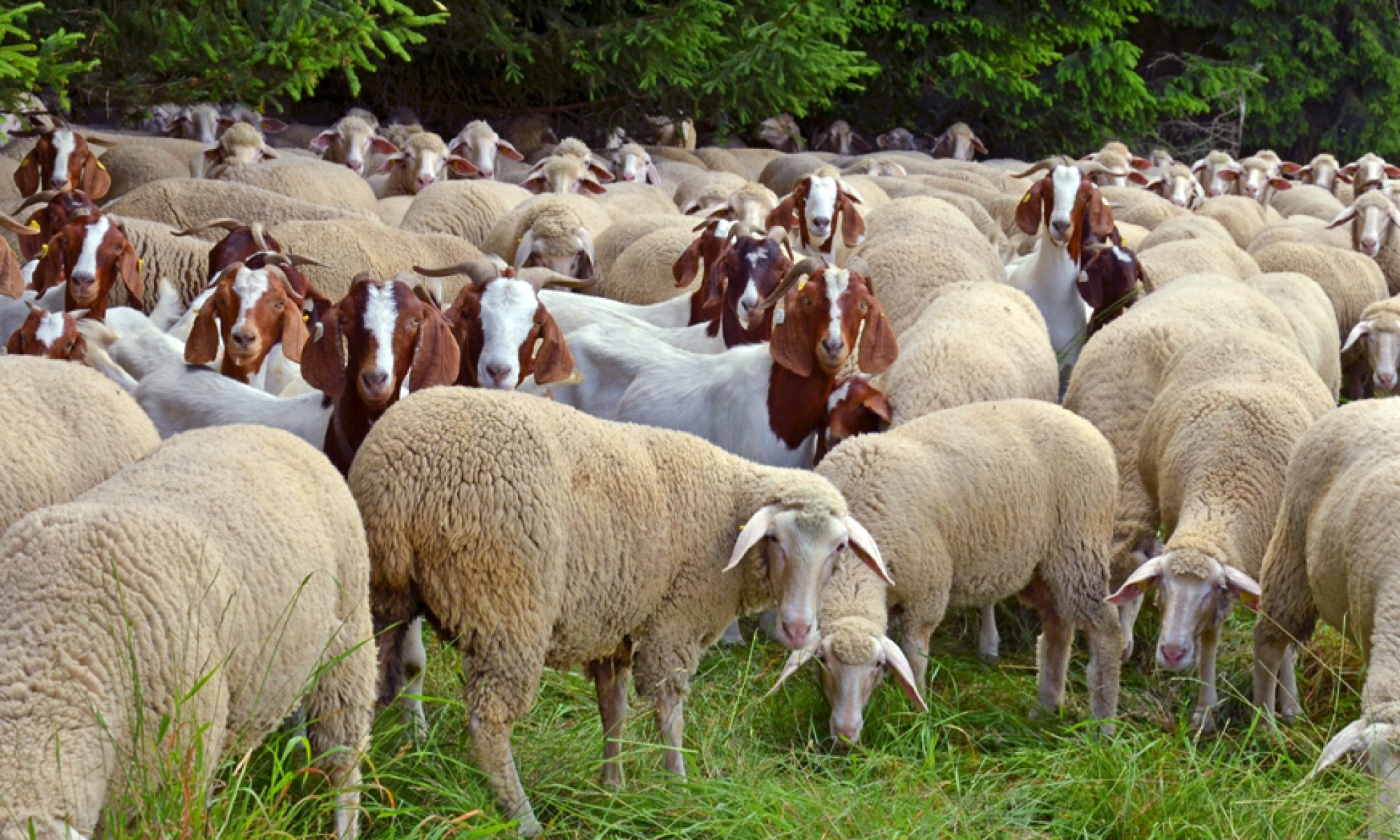You see a picture like this, and what comes to mind? Robert Colescott, who painted it, is gone but there’s a new show in New York featuring some of his most confrontational works. Says WaPo’s reviewer Philip Kennicott, work like Colescott’s “confounds almost every piety about race and gender in operation today, sometimes with humor, though not the kind of humor that makes you laugh.”
What I immediately flashed on was Charles Mingus’s great sendup “Eat That Chicken,” from his 1962 album Mingus/Oh Yeah. I still have the original vinyl that was instrumental in turning me on to Mingus. “Eat That Chicken” features another musical prankster, Roland Kirk, whose hokey, honkey-tonk solos perfectly complement Mingus’s vocal antics.
In the ‘60s and ’70s I was privileged to spend time with both of these gents and learned a lot about how black humor works. (I don’t have to capitalize “Black,” do I? Do we capitalize “White”?) Colescott brought another, more discomfiting aspect to it in his paintings. These include such gems as “George Washington Carver Crossing the Delaware,” which portrays the great black scientist in a boat full of cast-offs and stereotypes—including “a mammie figure performing a sex act on the flag bearer standing just behind Carver.” This is heavy blackface satire executed by a black man.
It’s a bit like what Jewish comedians over the years have done with Jewish culture: they appreciate it and often make fun of it. But for a black man (he was half-black, actually) like Colescott to produce art like this was to categorically pierce the sanctity of black identity, at least as it’s vouchsafed to us in our prevalent cultural politics. We need more of that.
Mingus’s “Eat That Chicken” was supposedly done as a tribute to Fats Waller. I don’t know if that’s true. Fats wrote funny “novelty” tunes like “Your Feets Too Big,” which I heard on the radio as a kid and loved. But “Chicken” has more of a happy bite to it, if you’ll excuse the metaphor. It makes a nod to Jelly Roll Morton and some of his novelties, the Dixieland tradition, and the earthy gospel-ish stuff that Mingus grew up with.
Anyhow, we surely could stand a little less sanctity about race in America.



Yeah, I love the Carver painting; I remember being awestruck, then nodding and grinning when I saw it. Colescott brings to mind Kerry James Marshall, who uses similar techniques not so much to satirize but (re)contextualize black experience. https://jackshainman.com/artists/kerry_james_marshall
Mingus and Kirk: who better to spend time with?!
Thanks for the Marshall link. Good stuff!